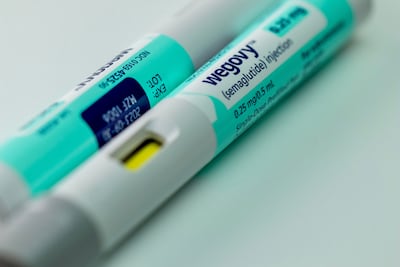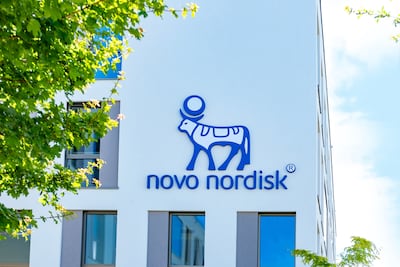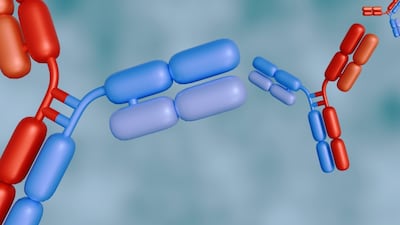Since the development of the first antibiotics, resistant strains of bacteria, in particular Staphylococcus aureus, have increasingly become an obstacle to the successful use of such drugs. When penicillin was first introduced in 1943, resistant S aureus infections were almost unheard of yet, just four years later, a resistant strain was identified. By 1950, around 40% of nosocomial S aureus infections were penicillin-resistant, and this figure rose to around 80% by 1960. Penicillin resistance in S aureus is mediated by β-lactamase. This enzyme is produced by the bacterium and it hydrolyses the β-lactam ring of the penicillin structure, rendering it inactive.
In the face of increased penicillin resistance, meticillin, a narrow spectrum β-lactam antibiotic became the first-line choice in the treatment...
Read the full article – start your free trial today!
Join thousands of industry professionals who rely on Scrip for daily insights
- Start your 7-day free trial
- Explore trusted news, analysis, and insights
- Access comprehensive global coverage
- Enjoy instant access – no credit card required
Already a subscriber?







